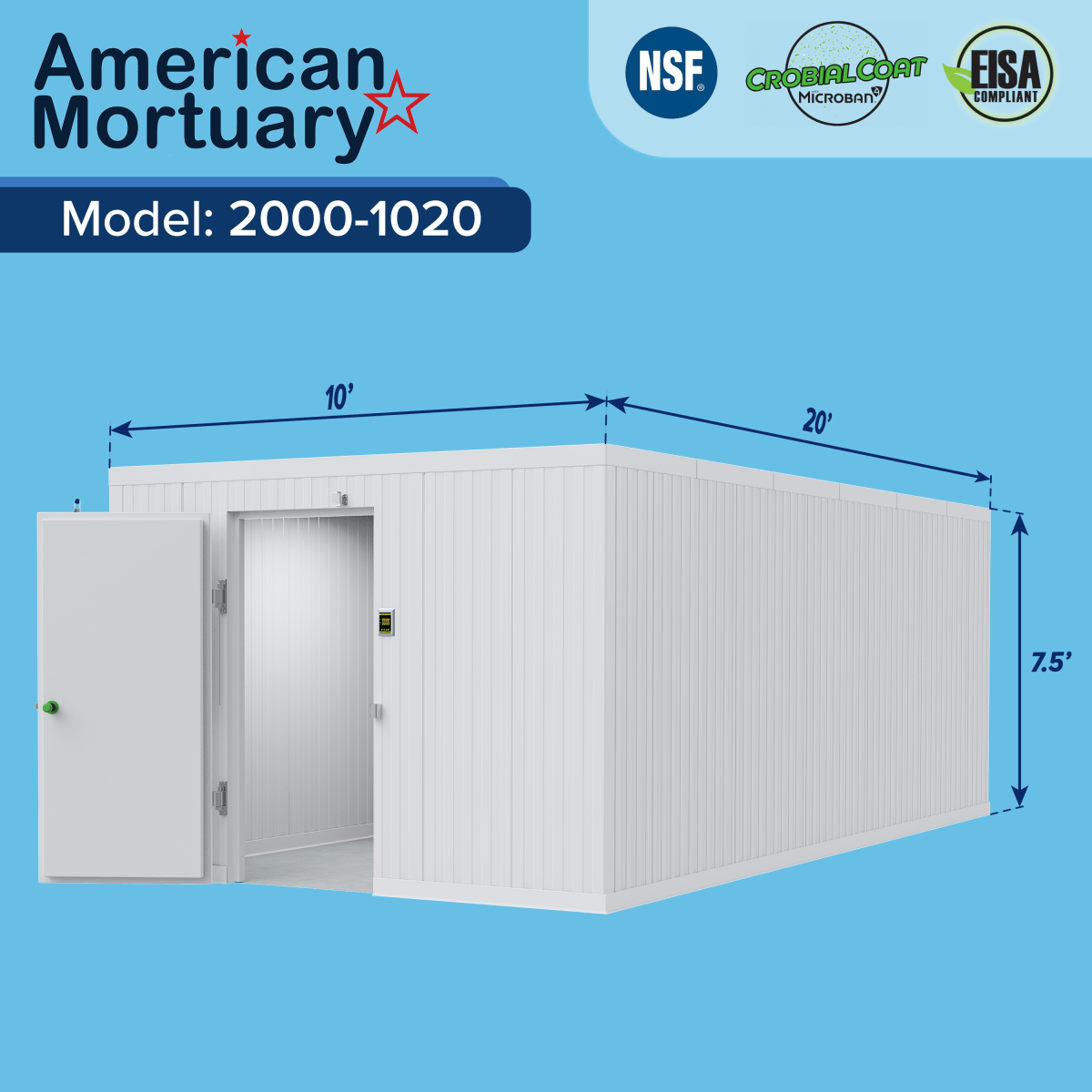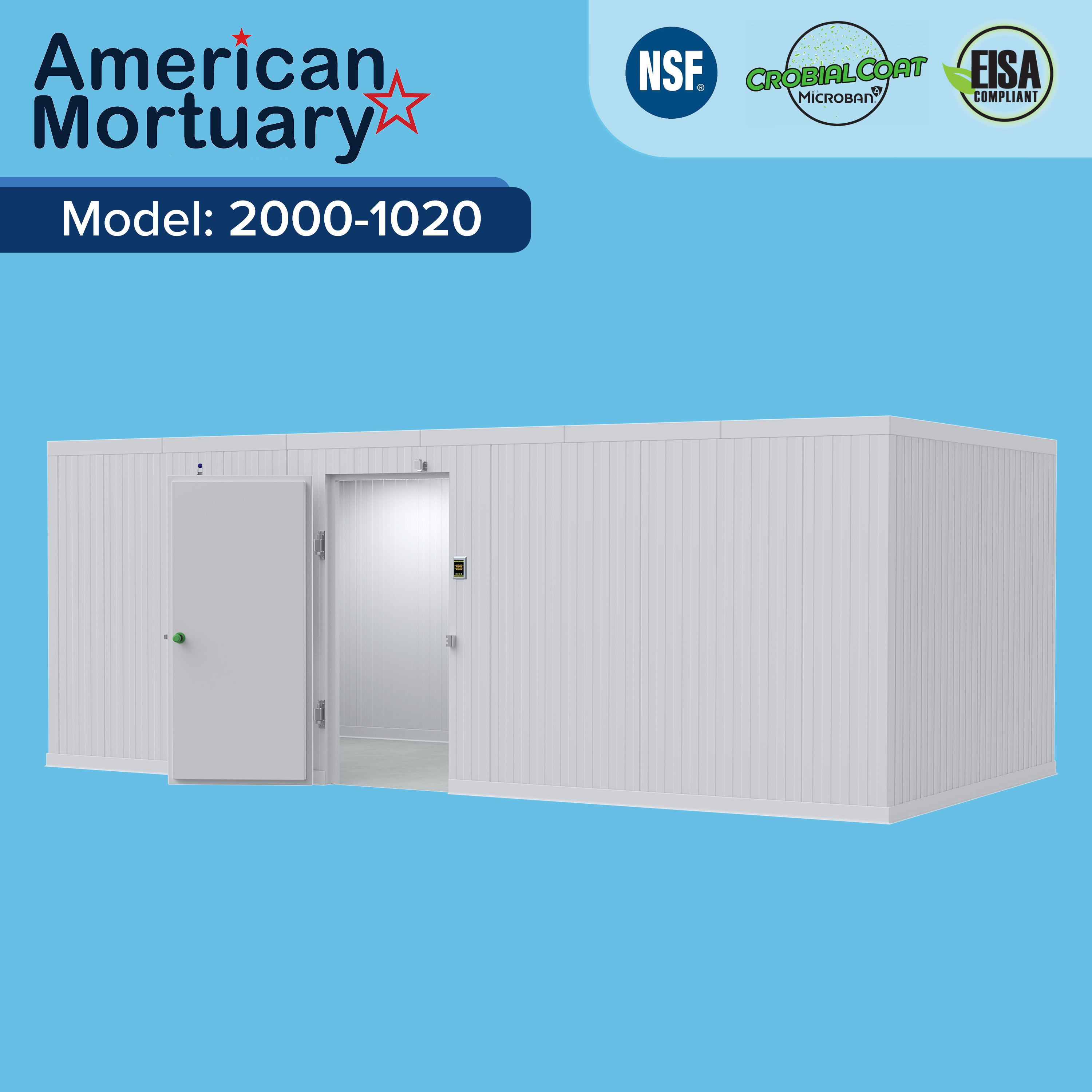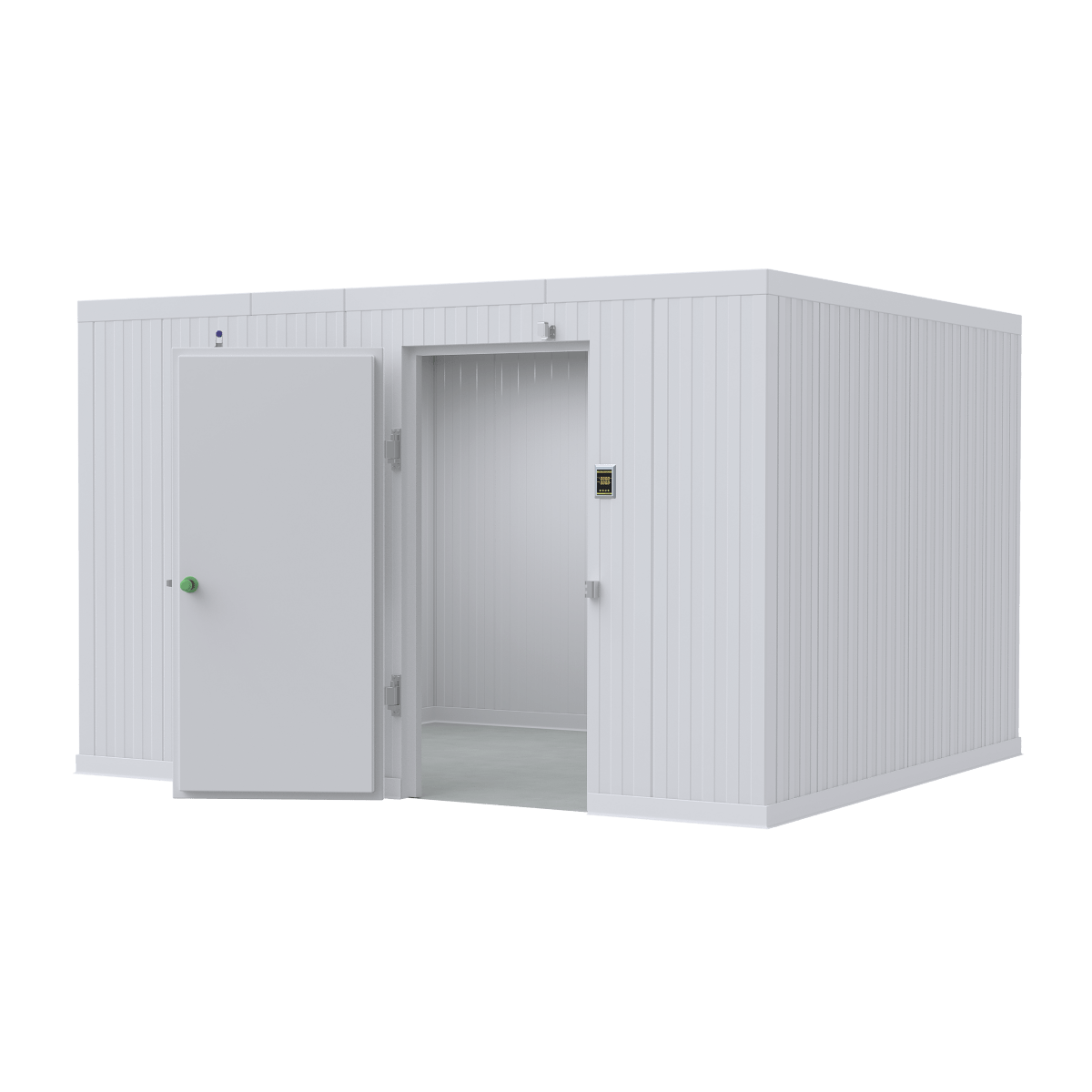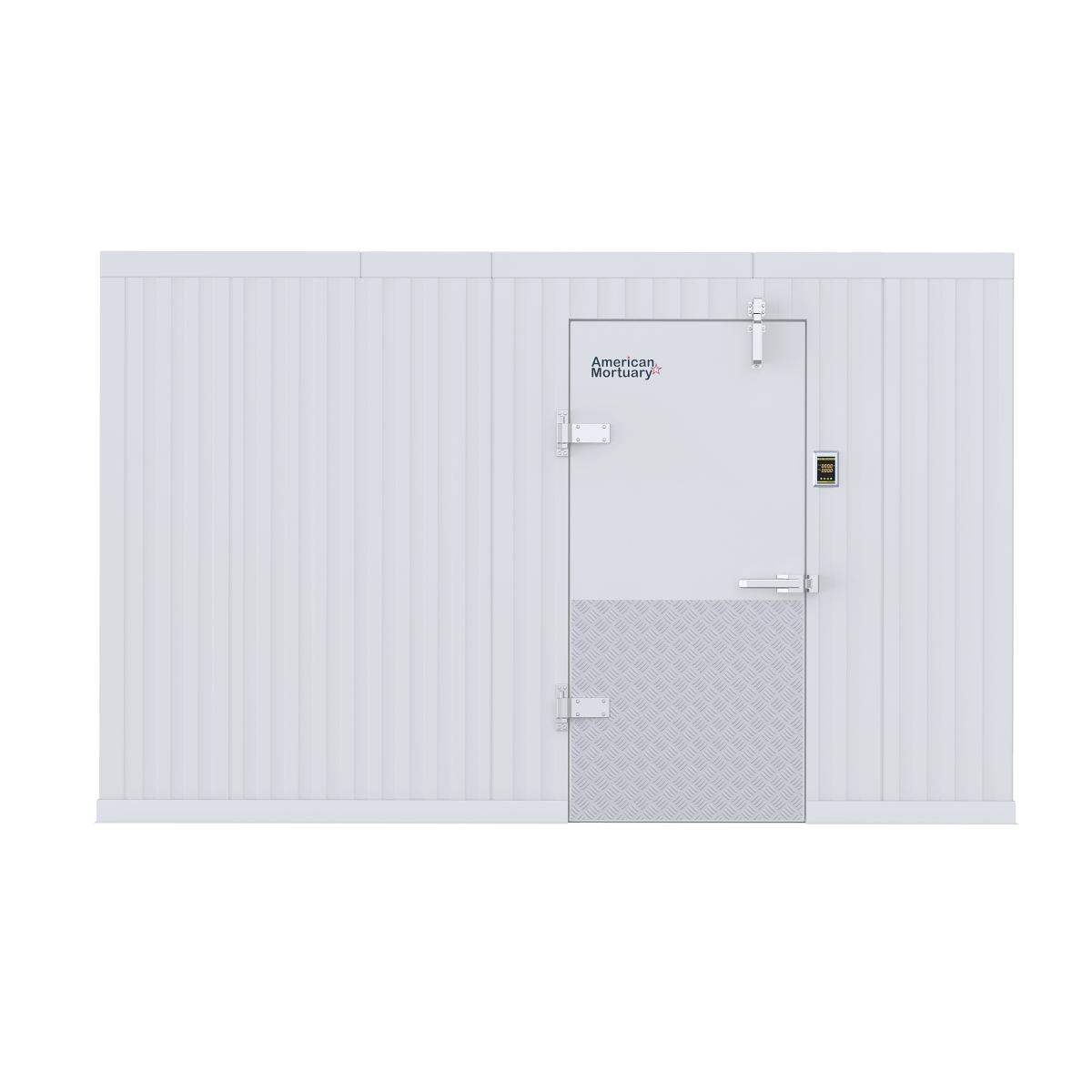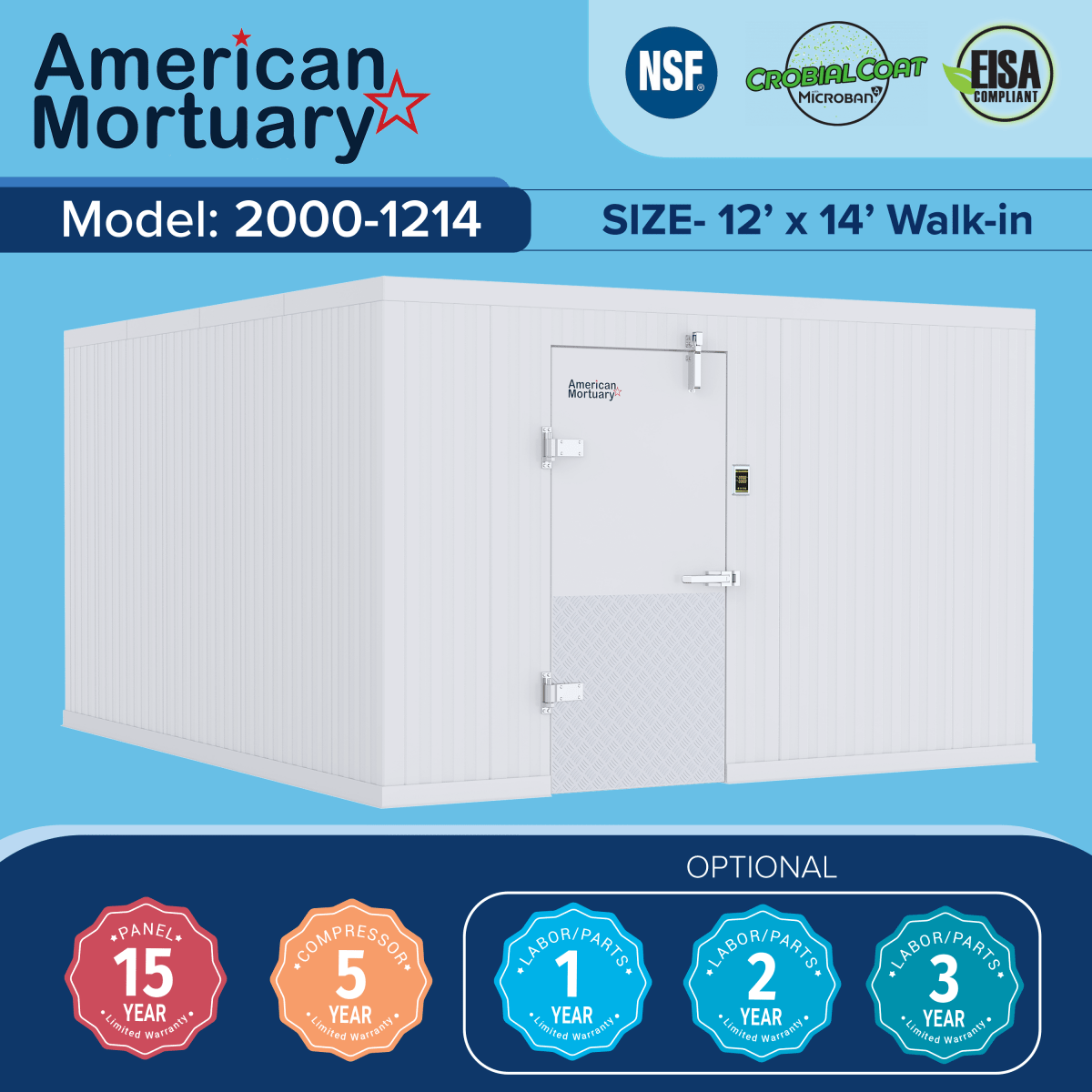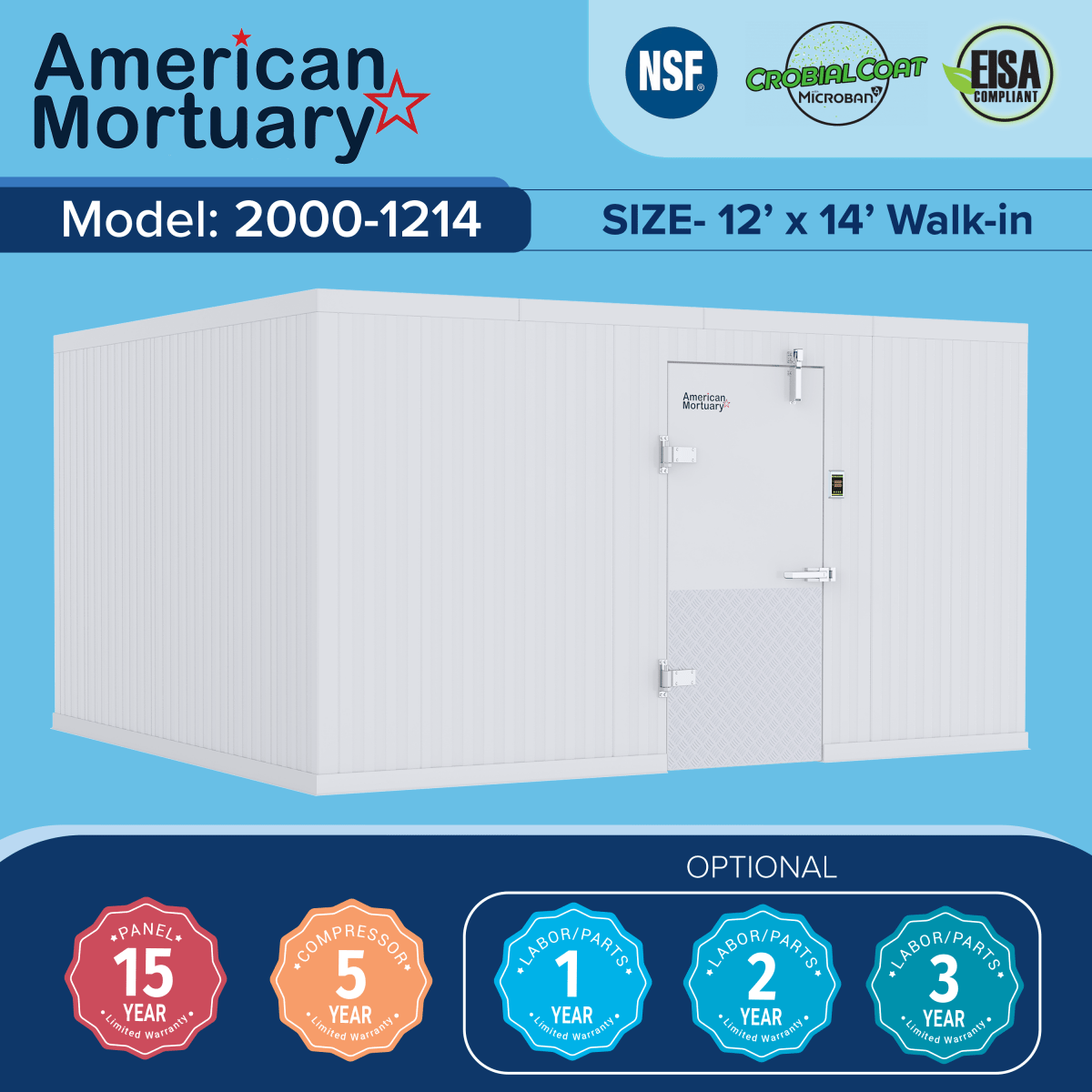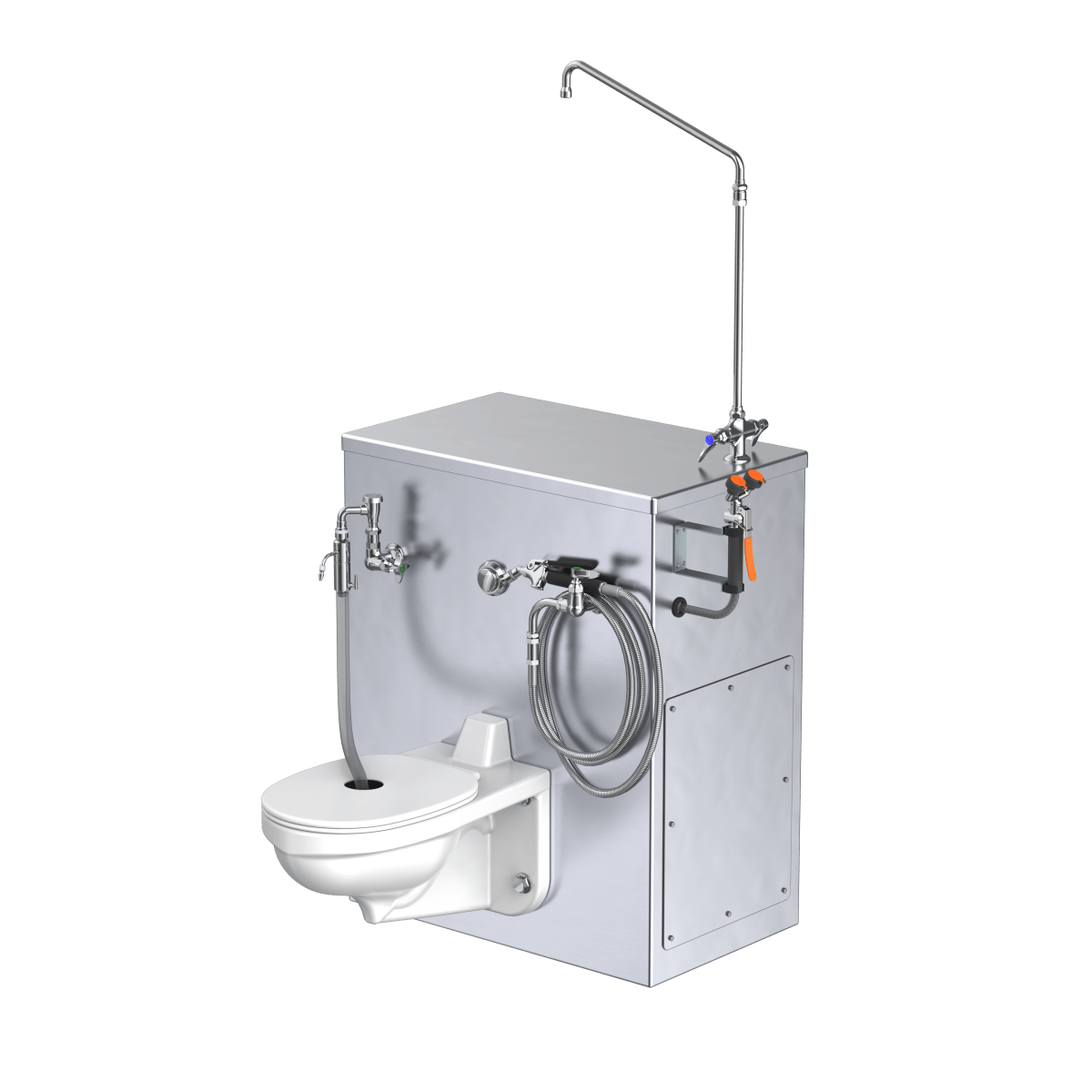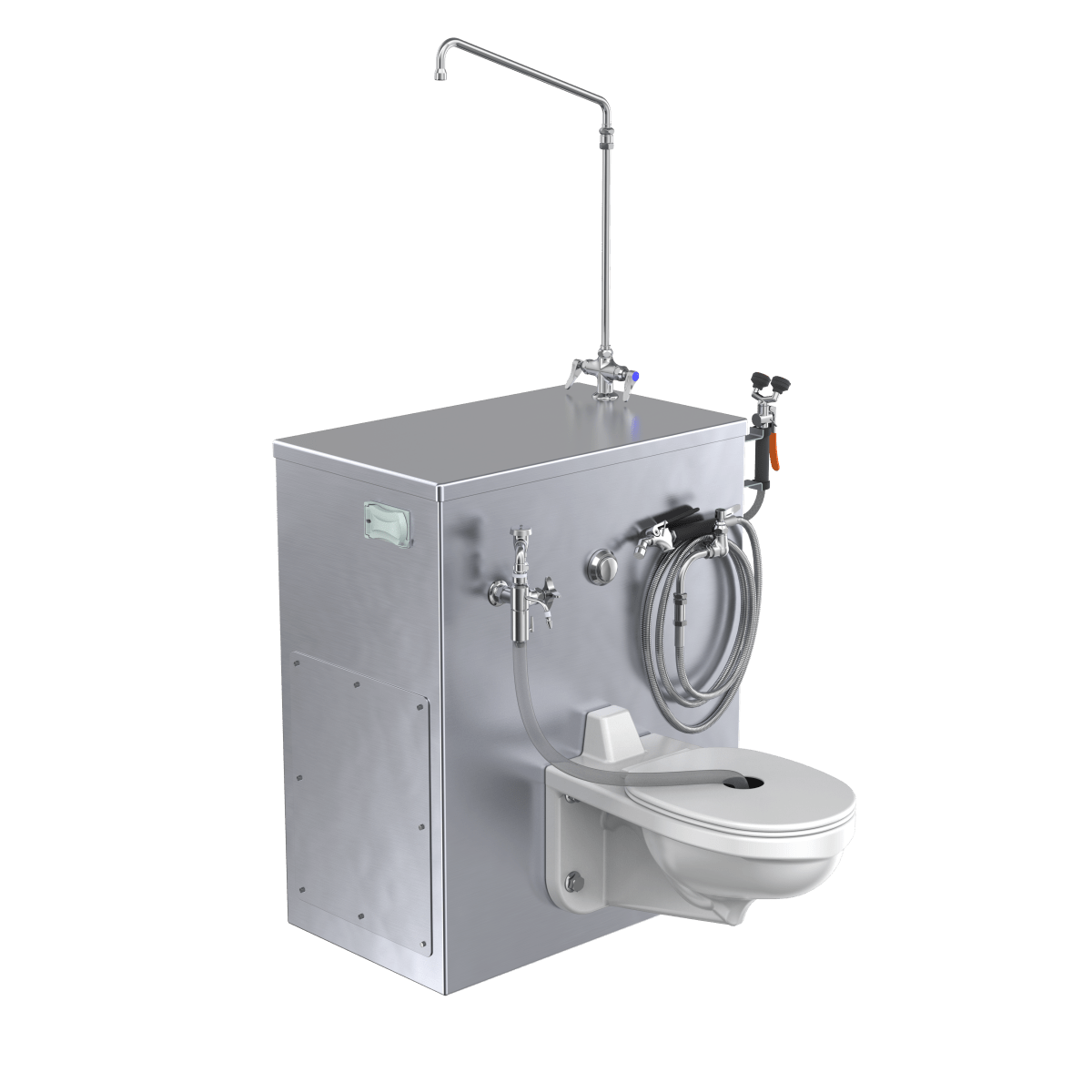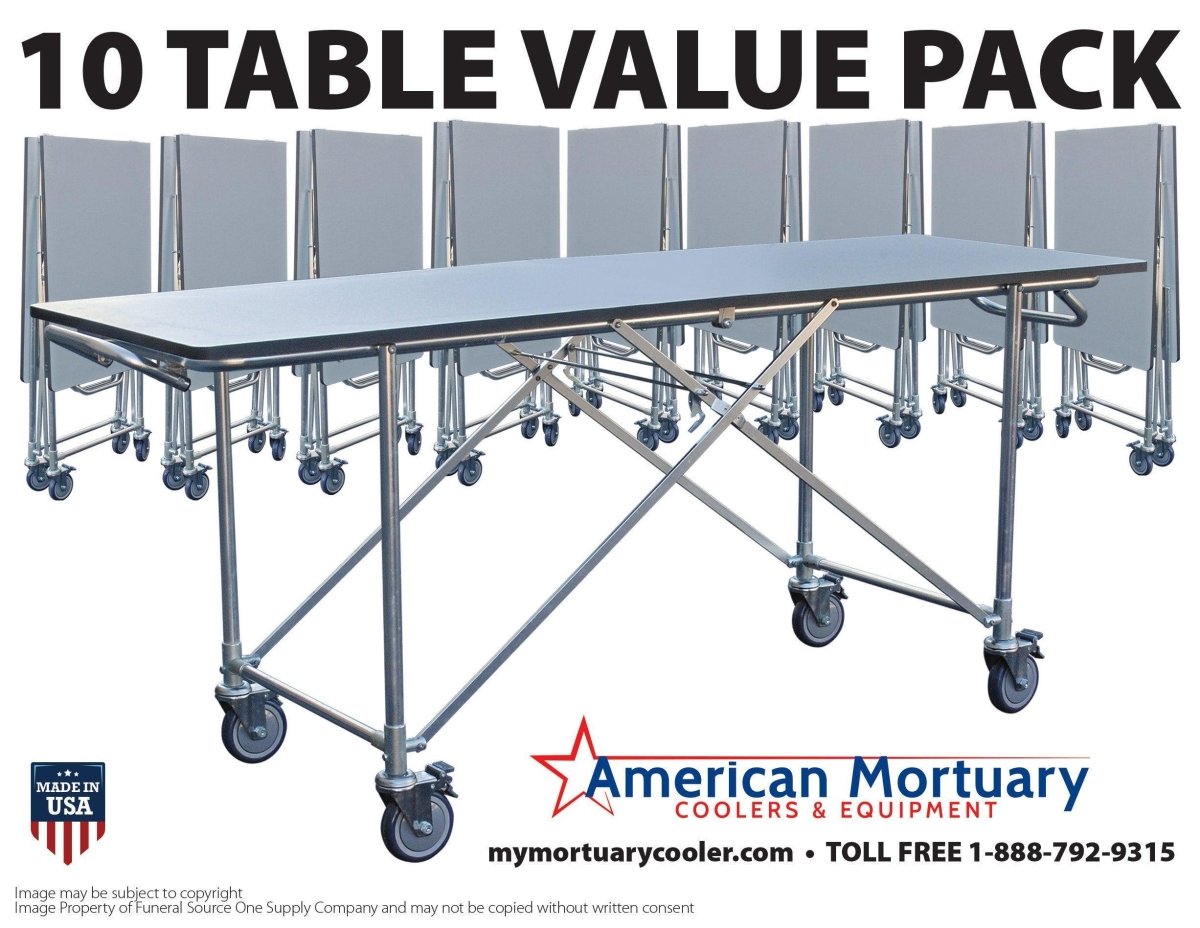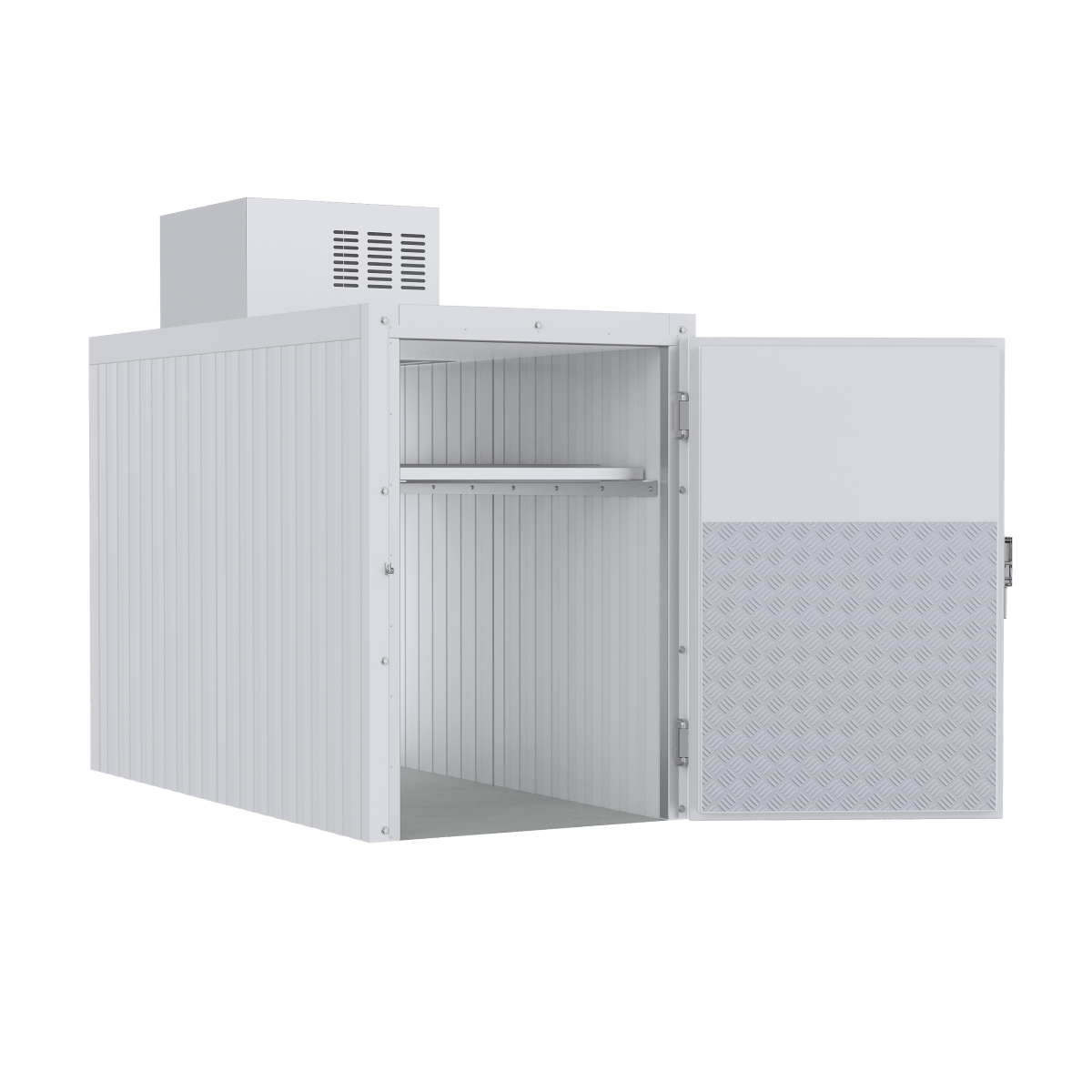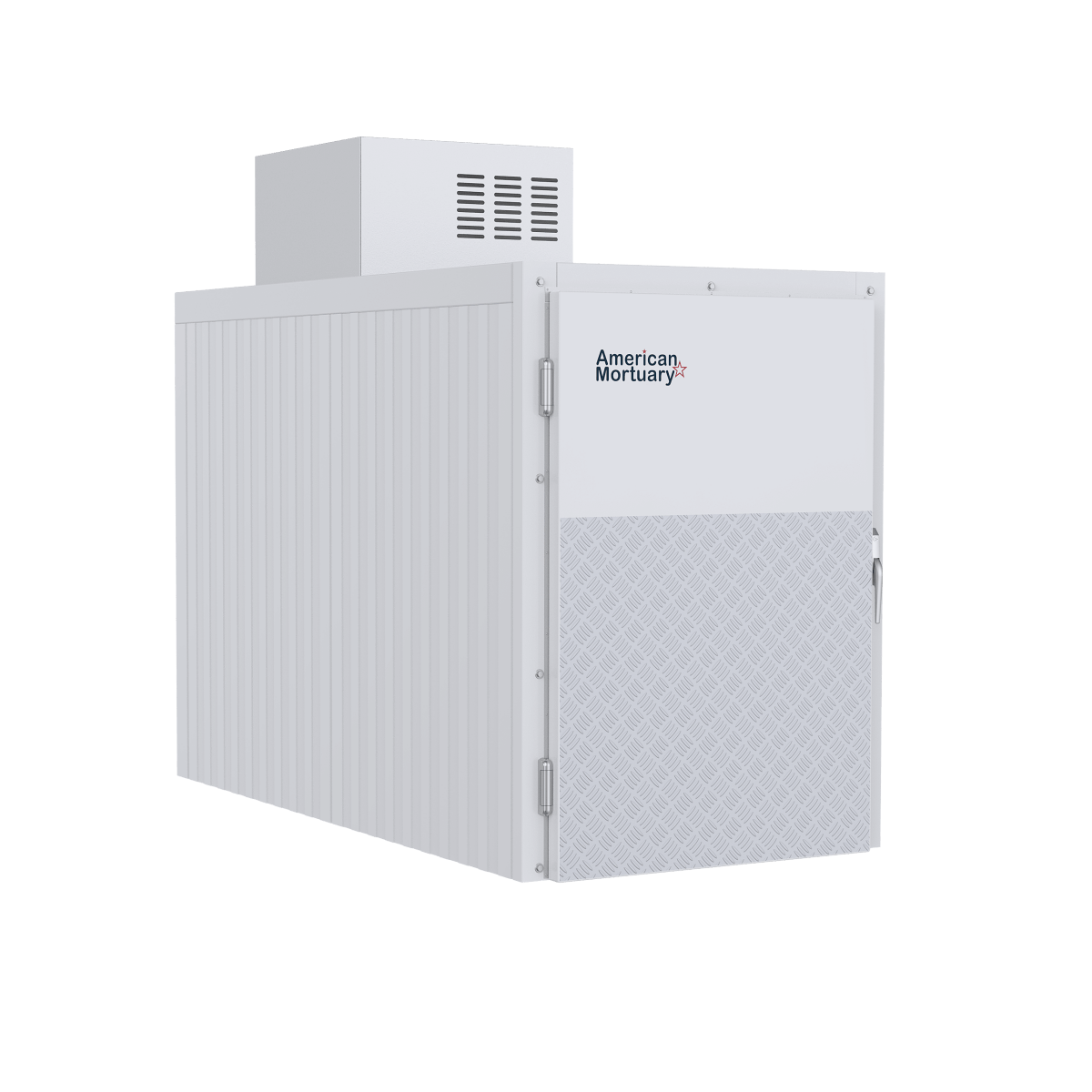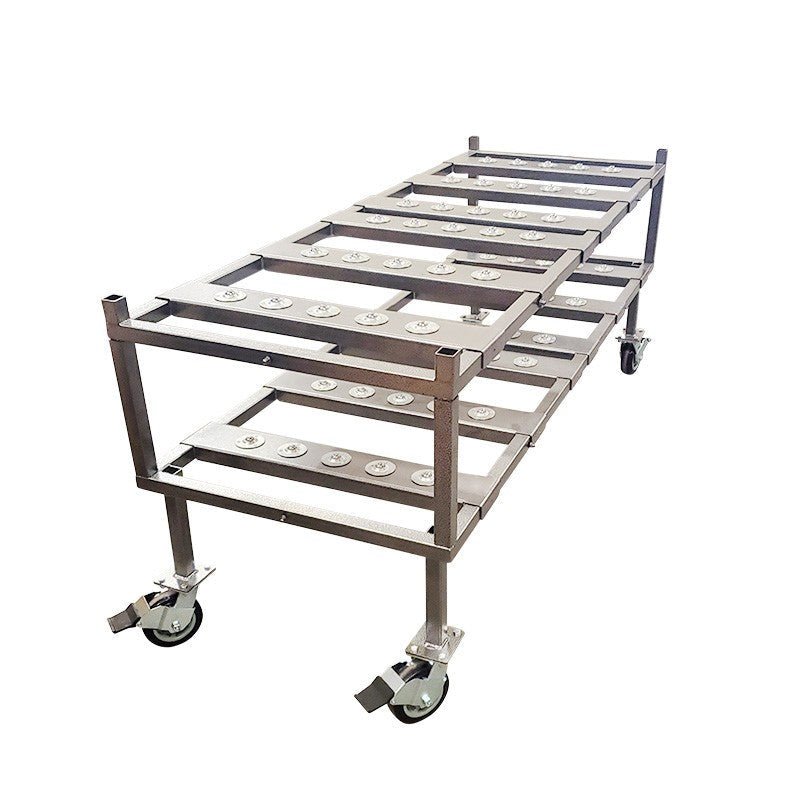Understanding the Modern Cremation Process
A cremation chamber is a specialized furnace designed to reduce human remains to bone fragments through intense heat. Modern cremation chambers, also known as retorts, operate at temperatures between 1,400 to 1,800 degrees Fahrenheit (760 to 982 degrees Celsius) and are built with specialized materials to withstand these extreme conditions.
What is a cremation chamber?
- A specialized furnace that uses high heat to reduce human remains to bone fragments
- Typically lined with fire-resistant bricks that can withstand up to 2,000°F
- Contains both primary and secondary combustion chambers for complete processing
- Operates for 2-3 hours per cremation
- Produces 3-9 pounds of cremated remains (depending on body size)
- Designed to hold one body at a time (multiple-body cremation is illegal in the US)
The cremation process has become increasingly common in the United States, with the National Funeral Directors Association estimating that cremation rates will exceed 78% by 2035. This shift reflects changing preferences, environmental considerations, and often more flexible options for memorial services.
Modern cremation chambers are engineering marvels that combine industrial furnace technology with computer automation. They feature sophisticated control systems that monitor temperatures, emissions, and cycle timing to ensure both efficiency and environmental compliance.
I'm Mortuary Cooler, a national-level supplier of mortuary equipment with extensive experience designing and installing cremation chambers for funeral homes across the country. My work with cremation chamber technology has focused on helping funeral directors select systems that balance operational efficiency with regulatory compliance.

Simple cremation chamber glossary:
What Is a Cremation Chamber (Retort)?
A cremation chamber, also known as a retort, serves as the true heart of the cremation process. Think of it as a specialized industrial furnace, but one designed with the utmost respect for human dignity, carefully reducing remains to their basic elements through controlled heat.
"The word 'retort' actually comes from Latin—'retortus' meaning 'to twist back,'" shares Tom Johnson, who's been specializing in crematory operations for over two decades. "It originally described the curved shape of early chemical vessels, but in modern cremation, it refers to the sealed chamber where this meaningful change takes place."
At American Mortuary Coolers, we've watched cremation technology evolve remarkably over the years. Today's cremation chambers blend sophisticated engineering with compassionate functionality, creating systems that honor the departed while meeting practical needs.
Definition & Core Function
At its essence, a cremation chamber provides a carefully controlled, high-temperature environment that respectfully reduces a human body to its basic mineral components. This isn't just a furnace—it's a thoughtfully engineered system consisting of several crucial elements working together:
The primary chamber cradles the body during the main combustion process. Surrounding this space is refractory brick lining capable of withstanding the extreme 2,000°F (1,093°C) temperatures. Powerful burner systems generate and maintain the necessary heat, while sophisticated controls monitor conditions throughout the entire cremation cycle. The secondary chamber ensures complete combustion of gases rising from the primary chamber, completing this careful process.
The primary chamber floor, known as the hearth, supports the weight of both body and casket while enduring incredible heat. Every component is designed with both function and dignity in mind.
For those interested in the technical marvels behind these systems, our A Deep Dive Into Cremation Chambers article explores the engineering in greater detail.
Primary vs. Secondary Combustion Zones
Modern cremation chambers feature a two-stage process that improves efficiency while reducing environmental impact—something we take seriously at American Mortuary Coolers:
The Primary Combustion Zone is where the body rests and initial cremation happens. Here, temperatures typically range between 1,400°F and 1,800°F (760°C to 982°C), carefully calibrated for the direct reduction of remains.
The Secondary Combustion Zone—often called the afterburner chamber—ensures complete combustion of gases and particles rising from below. This zone typically runs even hotter, exceeding 1,600°F (871°C) and often reaching 1,800°F (982°C) or higher.
"What makes the secondary chamber so effective are what we call the three T's of combustion," explains Dr. Emily Reese, an environmental engineer who specializes in crematory emissions. "Temperature, Turbulence, and residence-Time. When hot gases properly mix with oxygen and have enough time at these high temperatures, virtually all organic compounds completely oxidize into just carbon dioxide and water vapor."
An opacity sensor constantly monitors emissions from the stack, ensuring the process meets environmental standards. This little device detects particle density in the exhaust, providing real-time feedback and helping maintain compliance with air quality regulations.
At American Mortuary Coolers, we understand that behind the technical specifications lies a process that demands both engineering precision and profound respect. That's why we approach cremation chamber design with both scientific rigor and heartfelt understanding of its purpose.
Inside the Box: Components and Design Features
The interior of a cremation chamber is a marvel of engineering, designed to withstand extreme conditions while performing its solemn duty with reliability and efficiency. Let's look at what makes up these remarkable systems.

Materials That Withstand 2,000 °F
When you're dealing with temperatures hot enough to melt aluminum, ordinary materials simply won't cut it. The cremation chamber is a fortress built to contain inferno-like conditions day after day, year after year.
The heart of every chamber is its refractory brick lining. These aren't your garden-variety bricks – they're specially formulated with alumina and silica to withstand the punishing 2,000°F heat without cracking or deteriorating. As Michael Torres, one of our cremation equipment specialists at American Mortuary Coolers, often tells clients, "The quality of the refractory is one of the most important factors in cremator longevity. Premium refractory materials might cost more initially, but they can double the operational life of a chamber."
Between these mighty bricks and the outer shell sits layers of ceramic fiber insulation – the unsung hero of the system. This remarkable material traps heat inside where it belongs while keeping the exterior safe to approach. It's like a high-tech thermos, but for temperatures that would vaporize your morning coffee in seconds.
For components that face heat but not the extreme temperatures of the interior, high-grade stainless steel provides the perfect balance of durability and functionality. You'll find it in door mechanisms and structural supports throughout the system. Some modern designs even incorporate cooling fins on their exterior – neat metal ridges that help dissipate heat safely into the surrounding air.
The hearth – where the body rests during cremation – deserves special mention. It must withstand not only blistering heat but also support considerable weight. Innovative designs like the Quick Change Hearth system featured in the CFS2300 Human Cremation Chamber use modular tiles that can be replaced in a single day, minimizing downtime and maintenance costs.
Automation & Safety Systems
Today's cremation chambers have come a long way from the manually-operated furnaces of yesteryear. Modern systems are marvels of automation that ensure consistency, safety, and dignity throughout the process.
At the core of this technology are Programmable Logic Controllers (PLCs) – essentially the brains of the operation. These sophisticated computers manage everything from temperature regulation to burner modulation, automatically adjusting parameters based on the specific needs of each case. They're like having a master crematory operator embedded in the machine itself.
Operators interact with these systems through intuitive touchscreen interfaces that display real-time information about temperatures, emissions, and cycle status. These user-friendly displays have transformed what was once a highly technical process into something more accessible and manageable.
Safety is paramount in crematory operations, which is why modern chambers incorporate multiple safety interlocks that prevent operation if conditions aren't right. Door interlocks ensure cremation can't begin until everything is properly sealed, while temperature sensors prevent dangerous overheating situations.
Perhaps most important in this age of accountability are the ID tracking systems that follow remains throughout the entire process. These often include stainless steel identification discs that remain with the body during cremation – a simple but effective safeguard that provides peace of mind for families and operators alike.
When something does need attention, remote diagnostic systems like Tek Marshal allow our technicians to monitor and troubleshoot issues over the internet, often resolving problems before they cause downtime. It's like having a mechanic constantly checking your car's engine while you drive.

At American Mortuary Coolers, we've seen how these technological advances have transformed the industry. Modern cremation chambers with their powerful burners (typically ranging from 150-400 kW), precision controls, and robust construction don't just improve efficiency – they provide peace of mind for both operators and the families they serve. The ability to maintain consistent, documented processes helps ensure that every cremation is performed with the utmost care and respect.
Different Types of Cremation Technology
The world of cremation has come a long way from its ancient origins. Today, several different approaches offer families options that align with their values, preferences, and environmental concerns. Let's explore the variety of cremation chamber technologies available in the modern funeral industry.
Flame-Based Cremation Chambers
When most people think of cremation, they picture flame-based systems—and for good reason. These traditional cremation chambers remain the most widely used throughout the United States and around the world.
Modern flame-based chambers have evolved significantly from their predecessors. Today's systems typically run on natural gas in urban areas where infrastructure supports it, while rural facilities often rely on propane. A small percentage still operate using diesel fuel, though this is becoming less common as cleaner alternatives gain favor.
"I remember when we switched from our old coal system to natural gas," shares Frank Wilkins, a third-generation funeral director from Ohio. "The difference was night and day—not just in emissions, but in how consistently we could maintain the ideal temperature throughout the process."
Advanced systems now feature innovative "hot hearth" designs where the floor of the chamber actively heats along with the main chamber. This approach promotes more complete combustion from multiple directions, improving efficiency and reducing the time needed for each cremation.
The power requirements for these systems are substantial, typically ranging from 150 to 400 kilowatts—that's up to 1.4 million British thermal units per hour. This significant energy requirement is necessary to reach and maintain the high temperatures essential for proper cremation.
What many families don't realize is that modern cremation chambers incorporate sophisticated emissions control technologies. Secondary combustion chambers burn off particulates and volatile compounds, while continuous monitoring systems ensure compliance with environmental regulations. Some facilities have even begun installing specialized filtration systems to capture mercury from dental amalgams.
Alkaline Hydrolysis Units
A gentler alternative has emerged in recent years: alkaline hydrolysis, often marketed as aquamation, water cremation, or bio-cremation. Rather than using fire, this process employs a solution of 95% water and 5% alkali (typically potassium hydroxide) heated to approximately 350°F under pressure.
"Alkaline hydrolysis really just accelerates what happens naturally during decomposition," explains Dr. Samantha Wilson, a biochemist specializing in mortuary science. "The same chemical reactions would occur in natural burial, but over decades rather than hours."
The environmental benefits have made this option increasingly attractive to eco-conscious families. Alkaline hydrolysis reduces carbon emissions by more than 75% compared to flame cremation and uses approximately one-eighth the energy. It produces no direct emissions of mercury or other pollutants and results in a sterile, nutrient-rich liquid that can be safely returned to the water cycle after treatment.
The process typically takes longer than flame cremation—anywhere from 3 to 16 hours depending on the specific system and settings. Interestingly, it produces slightly more remains than flame cremation, often 20-30% more by weight, giving families more to remember their loved one by.
For those interested in the scientific details behind this technology, Scientific research on alkaline hydrolysis offers peer-reviewed studies that explore both its efficacy and environmental impact.
Specialty & Emerging Options
Innovation continues to push the boundaries of what's possible in end-of-life care. Several fascinating alternatives are beginning to emerge:
Solar cremation systems use arrays of mirrors to focus the sun's energy on a specialized cremation chamber. These systems produce zero emissions during operation and require no fossil fuels, making them particularly appealing in regions with abundant sunshine.
For remote locations or disaster response scenarios, portable solutions like modular onsite cremation systems (MOCx) allow for dignified care without permanent facilities. These self-contained units can be transported and operational within days, providing flexibility when traditional options aren't available.
All-electric cremation chambers represent another frontier, eliminating fossil fuels entirely. While their high energy demands have limited adoption so far, the increasing integration of renewable energy into electrical grids may soon make these systems more practical and environmentally sound.
"We're seeing families ask about alternatives more than ever before," notes Robert Chen, an industry analyst with the Cremation Association of North America. "The cremation industry is embracing innovation at a pace we've never seen before, and the next decade will likely bring remarkable advances."
| Feature | Flame-Based Cremation | Alkaline Hydrolysis |
|---|---|---|
| Process Time | 2-3 hours | 3-16 hours |
| Energy Use | Higher | 1/8 of flame-based |
| Carbon Footprint | Higher | 75% reduction |
| Water Usage | Minimal | 100-300 gallons |
| Remains Produced | 3-9 pounds | 20-30% more than flame |
| Pacemaker Concerns | Must be removed | Can remain in body |
| Availability | Widespread | Limited by state laws |
| Cost to Consumer | $1,000-$3,000 | Often 10-30% higher |
At American Mortuary Coolers, we've watched these technologies evolve over the decades. While we specialize in preservation equipment, we've worked alongside funeral professionals adopting each of these approaches. Our team can help guide you through the considerations for your facility, whether you're exploring traditional flame-based systems or considering newer alternatives.
The Cremation Chamber Process Step-by-Step
The journey through a cremation chamber follows a carefully orchestrated sequence designed to ensure dignity, efficiency, and proper identification throughout. At American Mortuary Coolers, we work closely with funeral directors to implement systems that maintain the highest standards at each step.

Preparing and Placing the Body
Before a loved one enters the cremation chamber, careful preparation takes place behind the scenes. Think of it as a final act of care and respect.
First comes the all-important identification verification. I've seen how carefully funeral professionals check and double-check paperwork, visual identification, and attach stainless steel ID tags that remain with the remains throughout the process. This is just the first of typically eight checkpoints in the chain of custody.
"Proper identification is paramount," Maria Gonzalez, a crematory operations trainer, once told me during a facility installation. "We verify identity at a minimum of eight distinct points throughout the process, from initial receipt of the body to the final transfer of remains to the family."
Next comes the removal of items that can't safely be cremated. Pacemakers must come out (they can actually explode when heated), along with large metal prosthetics and jewelry (unless the family specifically wants it to remain).
The body is then placed in a combustible container – either a cremation casket or an alternative container made of materials like cardboard or wood. These containers need to be fully combustible while still being sturdy enough to support the weight of the body. They must also be leak-resistant and produce no toxic emissions when burned.
Many facilities we've equipped now offer witness options for families. This meaningful opportunity allows loved ones to be present for a brief ceremony or simply observe as the body enters the cremation chamber. As grief counselor Dr. Thomas Reid notes, "Witnessing can be an important part of the grieving process for some families. It provides a sense of closure and a final opportunity to say goodbye."
What Happens Inside the Cremation Chamber?
Once the door closes, a remarkable change begins inside the cremation chamber – one that follows the natural elements of fire and time.
The process starts with a surprising fact – the human body is 65-85% water by weight. During the first phase, all this water must be vaporized before actual combustion can begin. This initial stage alone requires significant energy—approximately 100 MJ (megajoules) for a typical adult body.
As temperatures climb to between 1,400°F and 1,800°F (760°C to 982°C), soft tissues begin to break down and combust. The container and clothing burn away relatively quickly, while the body's tissues require more time.
The bones undergo a process called calcination. As their organic components are consumed, the remaining inorganic mineral structure converts to a brittle, fragile state. These calcined bones eventually become what we commonly call "ashes" that return to the family.
Throughout this process, gases and particles rise from the primary chamber into the secondary chamber, where they're exposed to additional heat (typically over 1,600°F/871°C) and oxygen. This ensures complete combustion and reduces emissions – something we at American Mortuary Coolers take very seriously when designing systems.
A full cremation typically takes between 2-3 hours, though this varies based on factors like body size, chamber efficiency, container type, and operating temperature. The result is about 3-9 pounds of cremated remains for an adult.
"What many people don't realize," crematory operator Michael Johnson explained during one of our training sessions, "is that cremation doesn't actually reduce the body to ash. What remains are primarily bone fragments, which must be processed further before being returned to the family."
Post-Cremation Processing & Return of Ashes
Once the cremation cycle completes, the chamber door opens to reveal bone fragments that still need careful processing.
The remains must first cool before they can be safely handled. This typically happens within the chamber itself or on a specialized cooling rack. Once cooled, the crematory operator carefully removes the remains from the chamber.
Any non-combusted metal items like joint replacements or dental work are separated. A thorough magnetic sweep catches any small metal fragments that weren't visually identified. This attention to detail ensures the integrity of the final remains.
Next comes cremulation – a process that transforms the larger bone fragments into the consistent, fine granular form we commonly call "ashes." The cremulator (a specialized processor) gently reduces the fragments to a uniform consistency.
Before packaging, a final identification check ensures the remains are properly labeled. This represents the final link in that careful chain of custody I mentioned earlier. The processed remains are then transferred to either a temporary container or an urn chosen by the family.
The final step is returning the remains to the family. This happens either through in-person pickup or shipment. If shipped, cremated remains travel via USPS Registered Mail with special labeling indicating their contents – just one of many regulations surrounding this solemn process.
For more details about industry best practices, the Cremation Process outlined by the Cremation Association of North America provides excellent guidance.
At American Mortuary Coolers, we believe that understanding this process helps funeral professionals better serve families during difficult times. That's why we don't just sell equipment – we partner with you to ensure everything functions with the dignity and respect families deserve.
Environmental, Regulatory & Cost Considerations
Operating a cremation chamber involves navigating a complex landscape of environmental regulations, legal requirements, and financial considerations. At American Mortuary Coolers, we help funeral homes across our service regions from Tennessee to California understand and meet these challenges.

Pollution Controls & Energy Efficiency
Modern cremation chambers have come a long way in addressing environmental concerns. The heart of these improvements is the secondary combustion chamber, which ensures gases and particles undergo complete combustion at temperatures of at least 900°C (1,652°F). This extra step dramatically reduces particulate emissions and harmful compounds that might otherwise escape into the atmosphere.
"One of the biggest environmental challenges we face is mercury emissions from dental fillings," explains Dr. Rajiv Patel, an environmental engineer who's been studying cremation impacts for over a decade. "The good news is that today's activated carbon filtration systems can capture more than 95% of mercury before it's released. It's a game-changer for the industry."
Waste heat recovery represents another exciting development. Rather than simply venting all that heat into the sky, forward-thinking crematoriums now capture it to warm their facilities, contribute to community heating networks, or preheat incoming air for better efficiency. It's a perfect example of turning a potential problem into a practical solution.
Even simple operational changes make a difference. By scheduling cremations back-to-back instead of scattered throughout the day, facilities can significantly reduce their fuel consumption. It's like baking multiple loaves of bread in succession rather than heating up your oven from scratch each time.
The EPA's Maximum Achievable Control Technology (MACT) standards provide the baseline requirements that all crematory operations must meet, though regulations can vary significantly depending on where you're located. These standards cover everything from visible smoke (opacity) to specific measurements of particulates and gases.
Legal Requirements & Identification Protocols
Beyond environmental concerns, cremation chambers operate within a framework of regulations designed to ensure dignity and proper identification throughout the process.
Most states require a waiting period—typically 24 to 48 hours—between death and cremation. This isn't just bureaucratic red tape; it allows time for proper investigation if there are any questions about the cause of death. Similarly, the requirement for written authorization from the next of kin provides an important safeguard.
"The chain of custody for human remains is one of the most rigorous tracking systems in any industry," says Sarah Johnson, who specializes in funeral regulatory compliance. "With proper protocols in place, the risk of misidentification is virtually eliminated."
These protocols typically include stainless steel ID discs that physically remain with the body throughout cremation, documentation at each transfer point, verification before and after the process, and careful labeling of all containers. At every step, the focus remains on maintaining the identity and dignity of the deceased.
Crematory operators must steer a complex web of regulations including Clean Air Act provisions, state funeral board requirements, local zoning laws, OSHA workplace standards, and FTC disclosure rules. It's a lot to keep track of, but these safeguards ensure that families can trust in the process during a vulnerable time.
For a deeper exploration of how these regulations shape modern practices, check out Cremation Systems: The Heart of Modern Farewells.
Budgeting the Farewell
The financial aspects of cremation involve both equipment investments for providers and service costs for families. For funeral homes considering adding or upgrading cremation services, the numbers can be eye-opening.
Entry-level cremation chambers typically start around $80,000 but can range up to $250,000 for advanced systems with full automation and sophisticated emissions controls. That's before factoring in installation costs, which might add another $20,000 to $50,000 depending on site requirements.
"Financing options have become increasingly important for funeral homes adding cremation services," notes Rebecca Torres, a financial consultant who works with funeral businesses. "Many equipment manufacturers now offer packages specifically designed for the funeral industry, with terms that accommodate the gradual build-up of cremation volume."
The ongoing costs tell an important story too. Each cremation requires fuel (typically $25-$75), labor ($50-$100), maintenance ($15-$30), and compliance testing ($5-$15). Understanding these numbers helps funeral homes set appropriate pricing while maintaining profitability.
For families, direct cremation without services typically ranges from $1,000 to $3,000, while adding a memorial service might bring the total to $3,000-$6,000. Including a viewing and ceremony can range from $4,000 to $8,000, reflecting the additional facility use, staffing, and preparation involved.
At American Mortuary Coolers, we've helped countless funeral homes across America—from Johnson City, Tennessee to Los Angeles, California—find sustainable ways to add or upgrade their cremation capabilities. We understand that this is both a business decision and a commitment to serving families with dignity and care.

Choosing the Right Cremation Chamber or Provider
Finding the perfect cremation chamber for your facility—or selecting a trusted cremation provider for a loved one—isn't a decision to take lightly. At American Mortuary Coolers, we've guided funeral professionals from New York to Los Angeles through this important process, navigating the unique regulatory landscapes across the country.
Questions to Ask a Cremation Provider
When you're evaluating cremation services, whether as a family or a funeral professional, asking the right questions makes all the difference in ensuring dignity and compliance.
"The most important question often isn't about the equipment itself, but about the people operating it," shares funeral director Maria Rodriguez. "A well-maintained older cremator operated by an experienced, certified professional may provide better service than the newest technology in less capable hands."
Start by asking about their team's certification and training. A quality provider will proudly share that their operators are certified through respected organizations and receive ongoing education. Don't hesitate to ask about their years of experience—expertise matters tremendously in this field.
The identification and chain of custody procedures are absolutely critical. A reputable crematory should be able to clearly explain their verification system, including how many checkpoints exist and exactly how they track remains throughout the entire process. This transparency offers invaluable peace of mind.
When it comes to environmental compliance, responsible facilities maintain current emissions testing and employ modern control technologies. Ask when their last inspection occurred and whether those results are available for review. Some exceptional crematories even hold special environmental certifications.
Many families find comfort in witnessing options. If this might be important to you, inquire whether the facility allows families to observe the beginning of the cremation, what accommodations they provide for this experience, and if any additional fees apply.
Finally, understanding their maintenance and reliability practices reveals a lot about their professionalism. Regular equipment maintenance, backup plans for unexpected issues, and reasonable timeframes for returning remains all indicate a well-run operation.
For funeral homes considering purchasing their own equipment, our guide on From Purchase to Pyre: Finding the Right Cremation Incinerator for Sale offers comprehensive guidance through this significant investment.
Evaluating Human vs. Animal Systems
For funeral homes or pet cremation services weighing their equipment options, understanding the key differences between human and animal cremation chambers is essential for making an informed decision.
The most obvious distinction lies in size and capacity. Human chambers are designed to accommodate bodies up to 750-1,000 pounds, typically with dimensions around 42" wide × 89" long. Pet cremation systems, on the other hand, come in a range of sizes—from compact units for individual companion animals to larger chambers capable of handling horses or multiple pets simultaneously.
The configuration also differs significantly. Human cremation almost exclusively relies on single-door, single-body designs that ensure individual dignity and compliance with regulations. Pet cremation often employs multi-door systems that allow for simultaneous cremation of multiple animals with physical separation between them.
"The fundamental technology is similar, but the operational practices and regulatory environment differ significantly," explains equipment specialist Jason Miller. "A funeral home adding pet services needs to understand these differences to ensure compliance and meet client expectations."
The regulatory requirements create another important distinction. Human cremation faces considerably stricter oversight in most jurisdictions, with detailed requirements for everything from operator certification to emissions control. Pet cremation regulations vary widely by location, with some areas imposing minimal requirements.
Segregation standards reflect different consumer expectations as well. While human cremation strictly requires individual cremation (one body per cycle), pet cremation typically offers options for either private cremation (individual) or communal cremation (multiple pets), giving families choices based on their preferences and budget.
At American Mortuary Coolers, we've helped funeral homes across our service regions—from Chicago to Dallas and beyond—evaluate whether to install separate systems for human and pet cremation or to focus on one service type. Our experience spans diverse regulatory environments, giving us unique insight into the factors that matter most for your specific situation.
Frequently Asked Questions about Cremation Chambers
Do cremation chambers handle multiple bodies?
No, cremation chambers in the United States and most other countries are designed to handle just one body at a time. This isn't just a matter of professional ethics—it's the law.
"The one-body rule is absolute in professional cremation," explains Thomas Chen, a regulatory compliance officer with years of experience in the funeral industry. "Modern cremation chambers have built-in safeguards that make it physically difficult to introduce a second body, and our professional standards require complete removal of all remains before beginning the next cremation."
This strict one-at-a-time approach ensures that families receive the correct remains of their loved one and that every person is treated with dignity throughout the process. The chambers themselves are designed with this principle in mind, both in their physical dimensions and their operational protocols.
There is one rare exception that some jurisdictions permit: a mother and stillborn infant may sometimes be cremated together, but only with specific authorization from the family and proper documentation.
How hot does a cremation chamber get?
A cremation chamber operates at temperatures that would amaze most people—between 1,400 to 1,800 degrees Fahrenheit (760 to 982 degrees Celsius) in the primary chamber. To put that in perspective, that's hot enough to melt aluminum and some types of glass!
The secondary combustion chamber, where gases and particles undergo further processing, runs even hotter, often exceeding 1,800°F (982°C). These extreme temperatures aren't just for efficiency—they're essential for ensuring complete combustion and minimizing environmental impact.
Michael Foster, who trains crematory operators across the country, offers an interesting insight: "People are often surprised to learn that the body doesn't 'burn' in the way most people imagine. What's really happening is thermal decomposition—intense heat breaks down molecular bonds and reduces organic materials to their basic elements. It's a more precise process than many realize."
At American Mortuary Coolers, we design our systems with precise temperature controls to maintain these optimal conditions throughout the entire cremation cycle.
What happens to implants and metal pieces?
Metal implants like hip joints, dental work, and surgical hardware survive the cremation process intact—they simply don't break down at cremation temperatures. After cremation is complete, these items are carefully separated from the remains through a three-step process:
First, larger metal items are visually identified and gently removed by hand. Next, a powerful magnet is passed through the remains to capture any smaller ferrous (magnetic) metals that might be present. Finally, during the processing of bone fragments, any remaining metal pieces are finded and removed.
Once separated, these metals typically follow one of three paths: they can be returned to the family if requested, recycled through specialized metal recycling programs (with proceeds often donated to charity), or disposed of according to environmental regulations.
"Recycling programs for cremation metals have become increasingly sophisticated," notes Lisa Wong, an environmental consultant who works with funeral homes. "Today's programs can separate precious metals like gold and platinum from other metals, creating value that many crematories choose to donate to worthy causes."
Non-metal implants such as silicone devices typically don't survive the intense heat and are reduced to their base elements along with the body's tissues.
At American Mortuary Coolers, we understand the importance of handling these sensitive materials with the utmost respect, which is why our equipment is designed to facilitate proper processing and separation after cremation.
Conclusion
The cremation chamber stands at the intersection of engineering, regulatory compliance, environmental stewardship, and compassionate service. As cremation rates continue to rise across the United States—projected to exceed 78% by 2035 according to the National Funeral Directors Association—understanding this technology becomes increasingly important for both funeral professionals and the families they serve.
I've spent decades in this industry, watching cremation technology evolve toward greater efficiency and reduced environmental impact. The innovations we're seeing today—alkaline hydrolysis, waste heat recovery systems, advanced emissions controls—are making cremation an increasingly sustainable choice. At the same time, the improved automation and identification systems we install ensure that the process maintains the highest standards of dignity and accountability.
For funeral homes considering adding or upgrading cremation capabilities, I know that the decision involves careful evaluation of capacity needs, regulatory requirements, and long-term operational costs. Here at American Mortuary Coolers, we walk alongside funeral professionals through these decisions, from the first conversation through installation and beyond. We've helped funeral homes from Tennessee to California steer these important choices.
For families, choosing cremation opens a world of flexible memorial options while often reducing both financial and environmental costs. Understanding what happens inside that cremation chamber can provide real peace of mind that their loved one will be treated with care and respect throughout.
"The fundamental purpose of the cremation chamber hasn't changed since ancient times," reflected industry historian Dr. Eleanor Hughes during a recent conference we attended. "It's about change—providing a dignified transition from one state to another. What has changed is our ability to accomplish this with greater efficiency, accountability, and environmental responsibility."
The future of cremation looks promising as we move toward even more eco-friendly approaches. We're already seeing the industry accept renewable energy sources, advanced filtration, and innovative alternatives that reduce environmental impact while maintaining the dignity of the process.
Whether you're a funeral professional looking to expand your service offerings or simply seeking to understand the options available for yourself or a loved one, I hope this guide has provided valuable insights into the remarkable technology that makes modern cremation possible.
At American Mortuary Coolers, we're proud to serve as a one-stop resource for funeral professionals across the country, from our home base in Tennessee to our service regions throughout the Midwest, Northeast, Southeast, Southwest, and Pacific regions. Our expertise extends beyond mortuary coolers to the full spectrum of funeral equipment, including cremation systems that meet the highest standards of quality and compliance.
To learn more about our comprehensive solutions for funeral professionals, visit Your One-Stop Shop for Mortuary Coolers.


